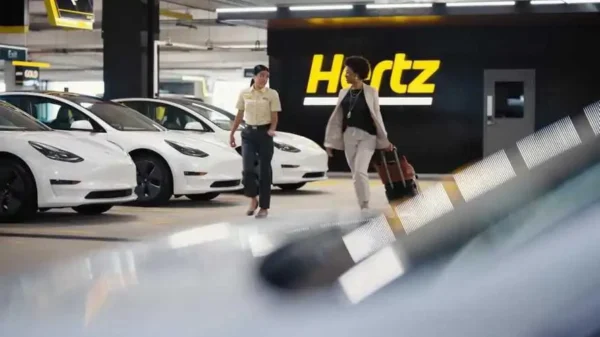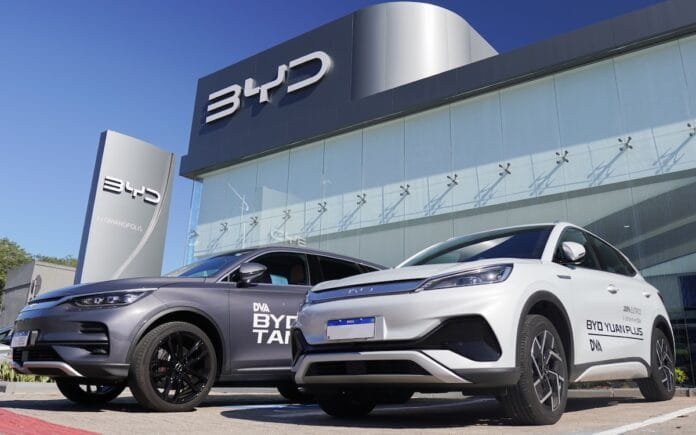The Current State of EVs in Commercial Fleets
As the world continues to shift towards electrification, the recent withdrawal of tax credits and incentives for electric vehicles (EVs) has raised significant concerns. The removal of these financial aids will undeniably hinder the growth of sustainable energy in the U.S., especially for commercial fleets. Current statistics reveal that only about 14% of fleet vehicles are electric, according to a 2024 study by Cox Automotive.

The Benefits of Electrifying Fleets
Despite the slow adoption rate, those fleets that have embraced EVs report higher satisfaction levels. Operators appreciate the performance of electric vehicles compared to traditional combustion engines, which is encouraging. The study predicts that within five years, many fleets will incorporate at least one EV. Urban areas, where vehicles have predictable daily mileage, are particularly prime for electrification as they can return to base for charging.
The Consequences of Losing Tax Credits
The recent legislation that eliminated commercial EV tax credits—that used to provide up to $40,000—has created a daunting barrier for fleet operators. With new buses and heavy trucks costing upwards of 0,000, the absence of incentives means fewer cities and companies will invest in electric alternatives. This trend threatens not only the environment but also the overall EV market, as fewer fleet sales can lead to a scarcity of used EVs in the future.
Despite these challenges, hope remains. Some manufacturers are stepping up to offer electrified models tailored for fleet operators, yet without financial support or plans for reducing purchase costs, widespread adoption may falter. To ensure a greener future, advocacy for incentives in the commercial sector could be crucial.




